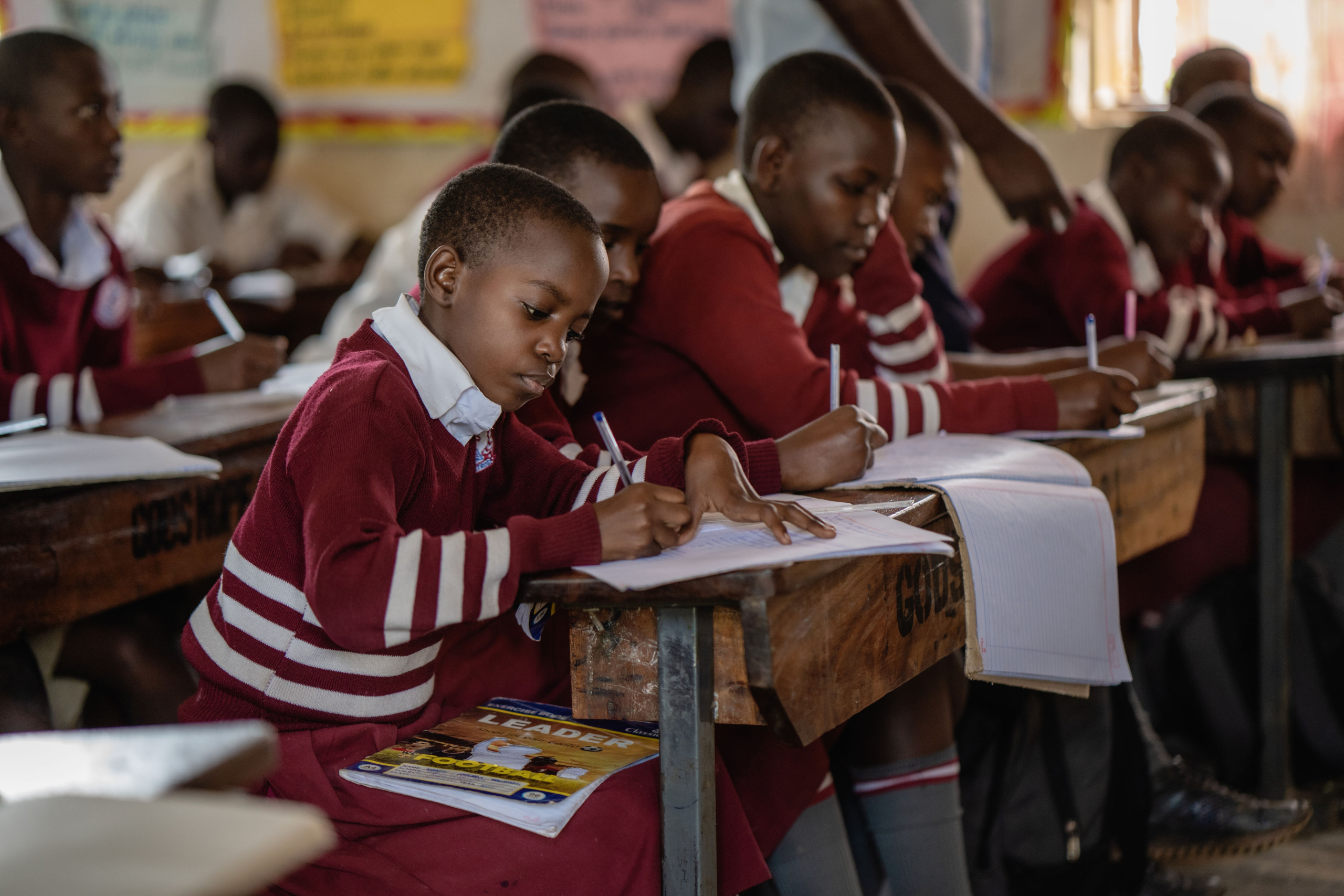Many people in wealthy nations like the US associate school tuition with either college or exclusive private K-12 schools. In Uganda, however, tuition and fees are required to enroll in virtually all public and private grade schools. In addition, all schools require students to wear uniforms. The cost of these, combined with other school fees and supplies expenses, can make education unaffordable. School costs vary considerably by type and grade level range, but all have the potential to keep students from receiving a basic education for financial reasons.
Here’s what you need to know about the cost of education in Uganda—and how you can help to make education more affordable for students from low-income families and communities.
Government Primary and Secondary Day Schools
Since the late 1990s, the Ugandan government has instituted ostensibly tuition-free primary schools (called Universal Primary Education, or UPE) and secondary day schools. However, these “government schools” often don’t receive adequate government funding, and so transfer unmet operational costs to Ugandan families. Secondary school is more expensive than primary school, as more supplies and more expensive kinds of supplies are needed. As of 2023, it cost the equivalent of $168 USD per year to send a child to a government school.
Private Day Schools
In addition, government schools aren’t available in all regions, and when they are, the quality of education they offer is often much lower than private schools. This leaves many families to pay extensive private school fees, which, all told, can be the equivalent of $420-$680 USD per child per year. This range is often unaffordable for low-income families. Nor are they a small minority, since as of 2023, about 42% of Ugandans lived below the poverty line, which is the equivalent of just $2.15 per day, or $785 per year.
Private Boarding Schools
Some Ugandan families choose to send their children to boarding schools, even at very young ages, because they offer multiple significant advantages:
- Saves the time spent commuting to and from school
- Prevents safety issues related to walking alone to and from school, particularly for girls
- Offers more opportunities for uninterrupted learning
- Gives students more exposure to the English language they are required to learn, given that many parents don’t speak it at home
- Guarantees students three meals per day
- Offers access to electricity that may not be available at home
- Offers a home to children who many no longer have one due to military conflicts
However, all of these benefits come at a cost much greater than that for government or private day schools. After tuition, exam fees, and other miscellaneous required expenses, boarding school can cost the equivalent of several hundred to a thousand US dollars per student annually.
Remove Financial Barriers to Education With Simone’s Kids
Simone’s Kids in Nakaseke, Uganda, provides high-quality primary and secondary education and meets basic needs—including access to clean water, safety measures, and an on-site medical clinic—for children in order to help them break the cycle of poverty. Your donations help pay for monthly tuition and purchase school supplies, textbooks, food, and other necessities for Ugandan students. You can donate money, stocks, and cryptocurrency, and you can see if your employer participates in a matching donation program that will double your gift.
You can maximize your impact with recurring donations to Simone’s Kids by joining The Village. The Village is a passionate group of donors committed to bettering the lives of children in Uganda by making monthly donations that help to provide better meals, more teachers, more activities, and even post-graduation services. You can even choose which level of education you’d most like to support (or support them all)! Give today!



Leave a Reply
Want to join the discussion?Feel free to contribute!